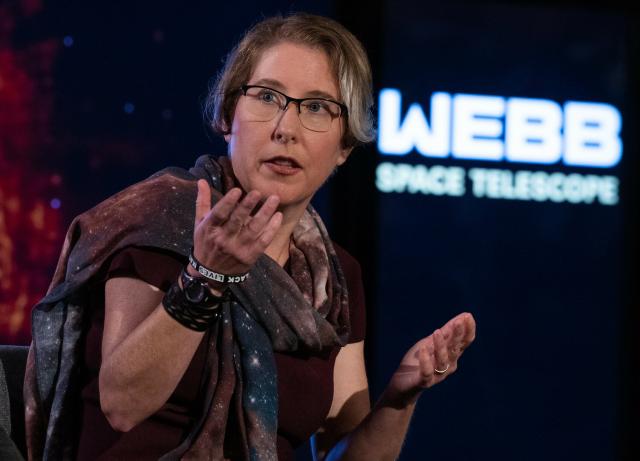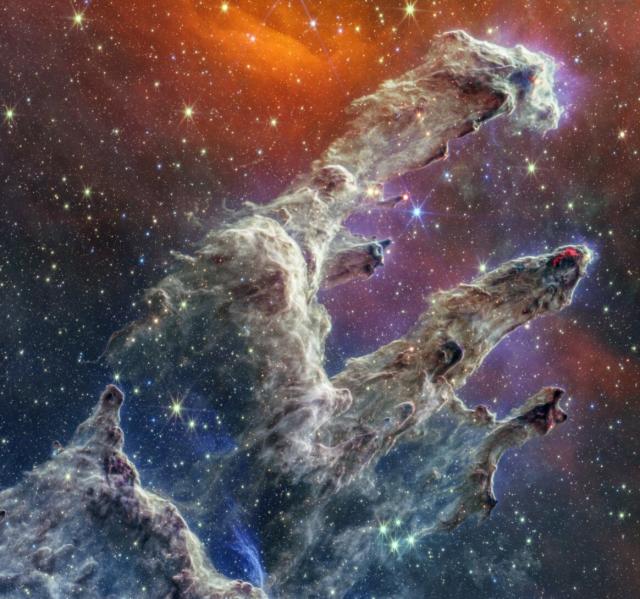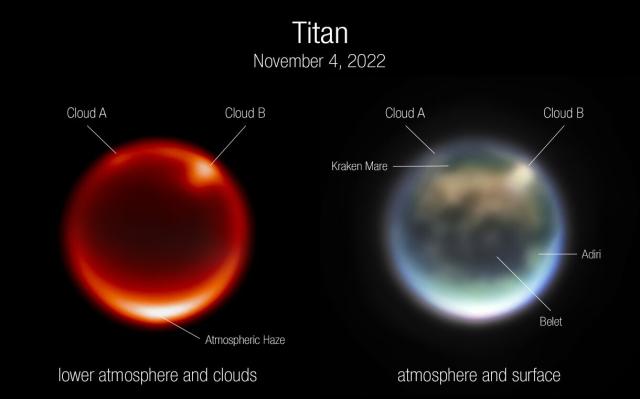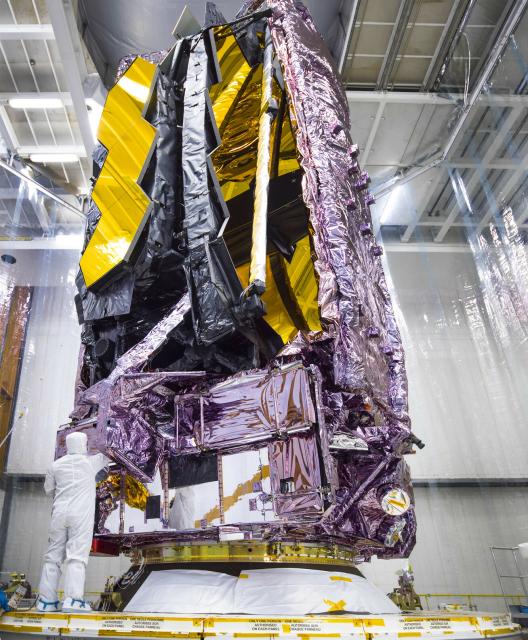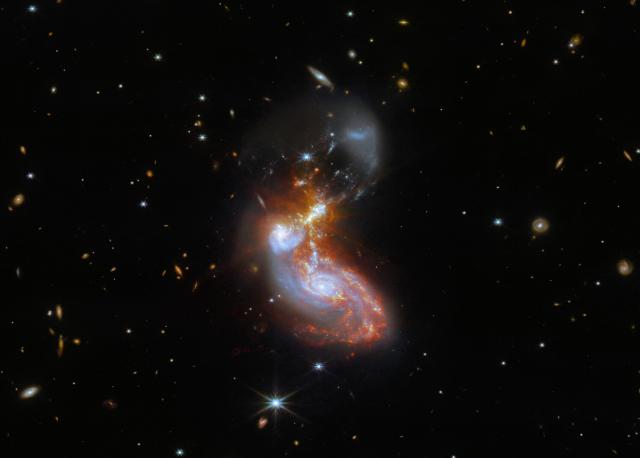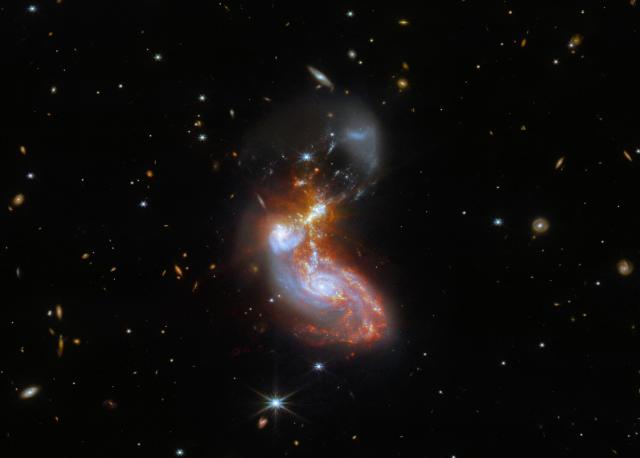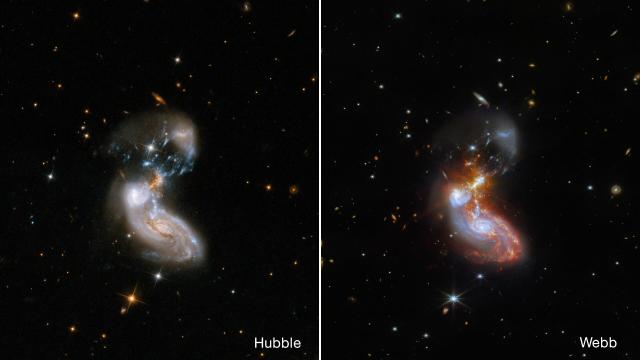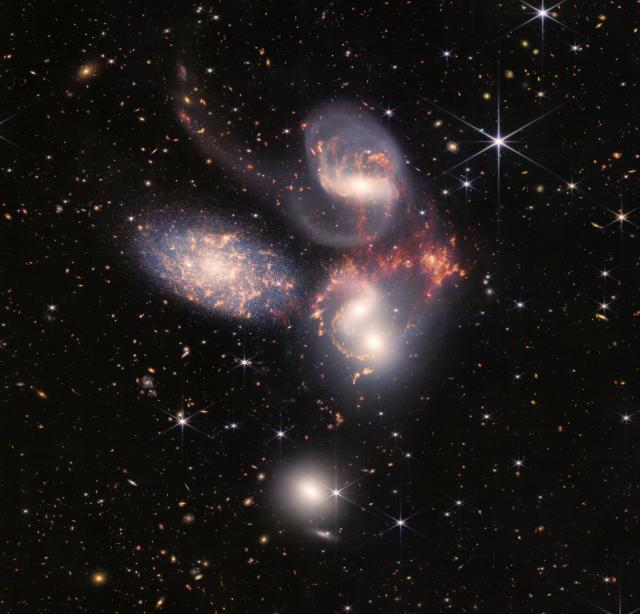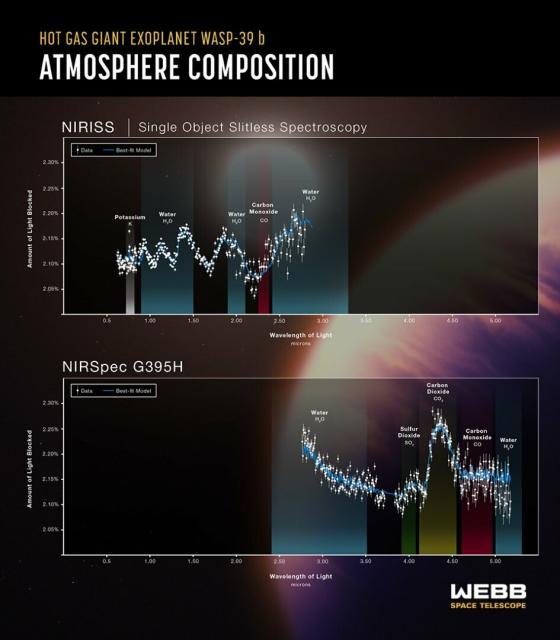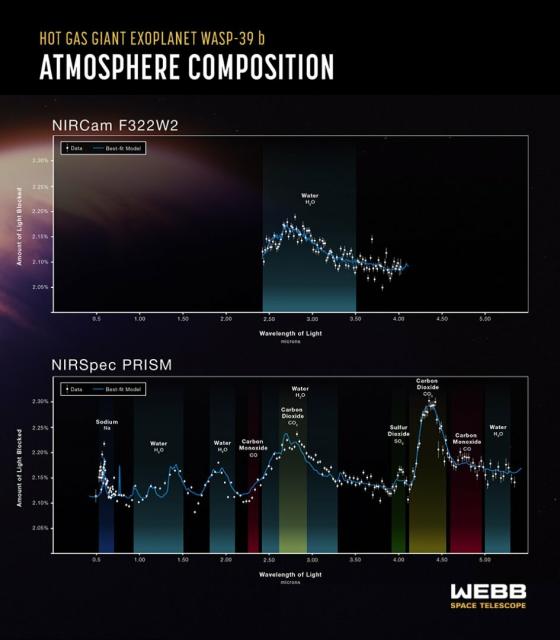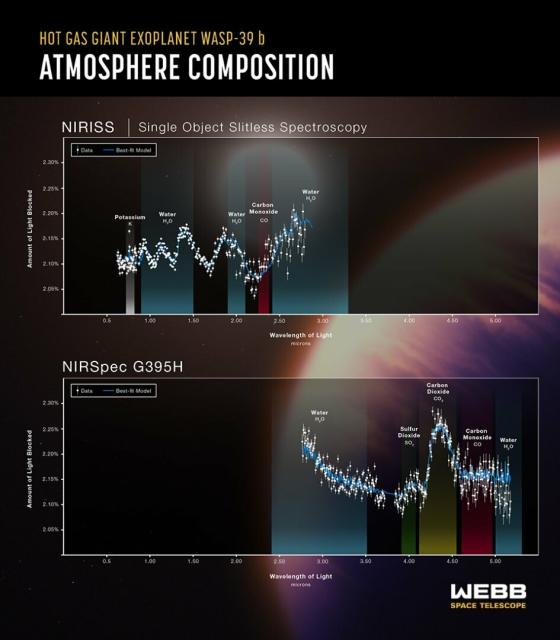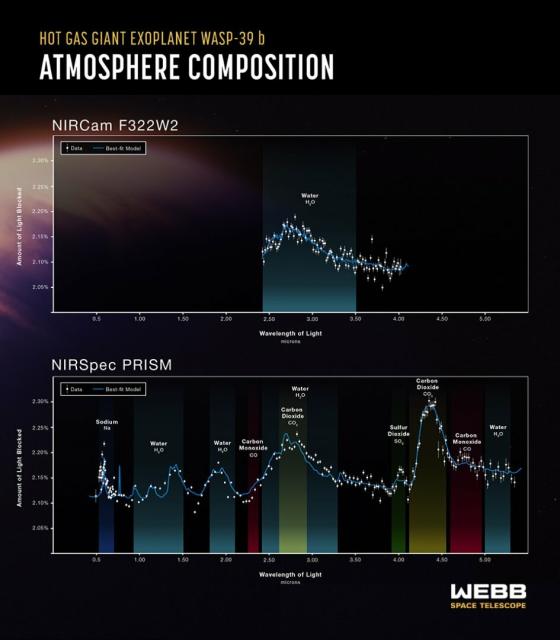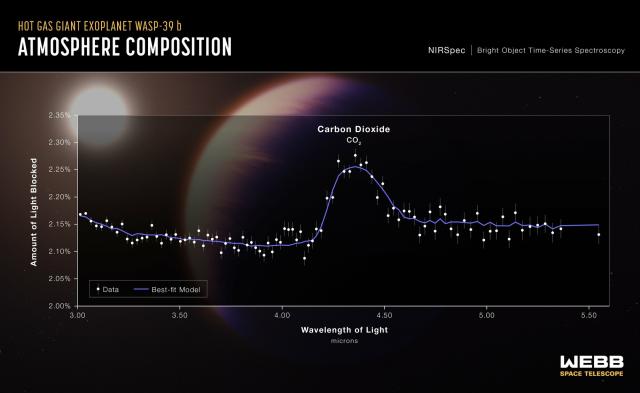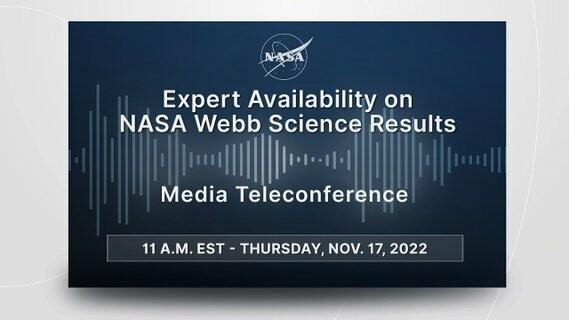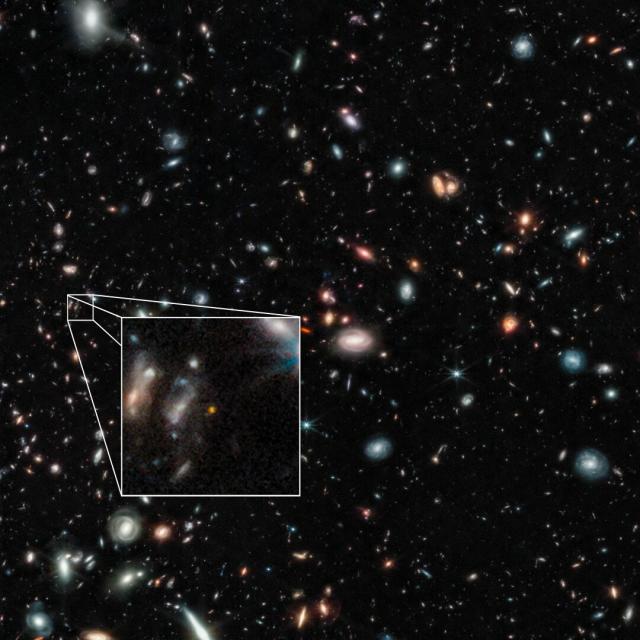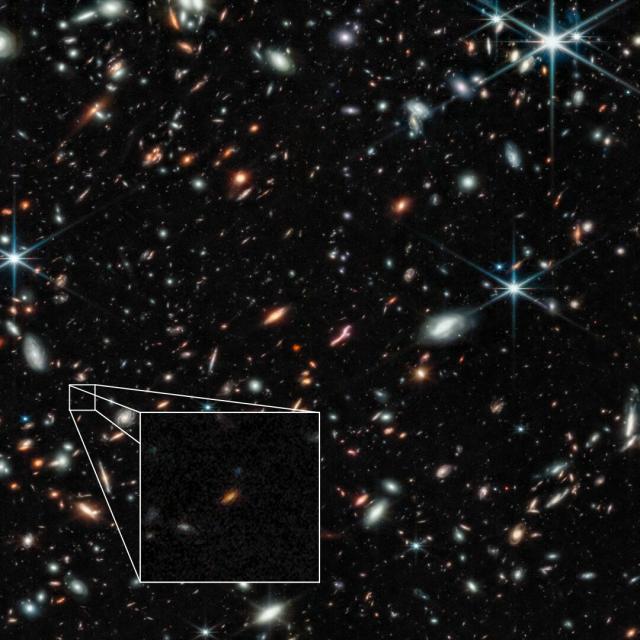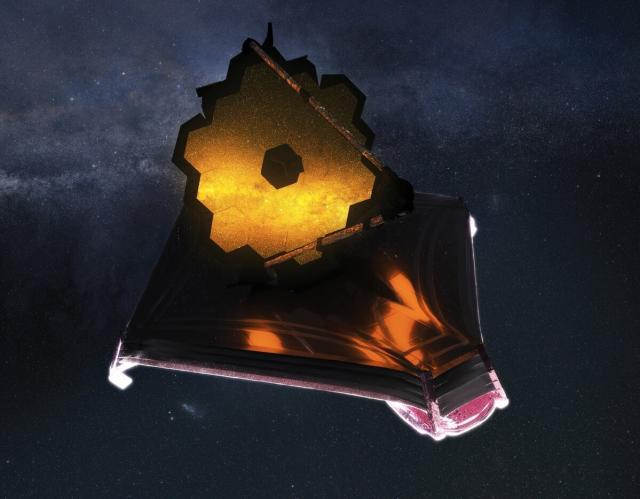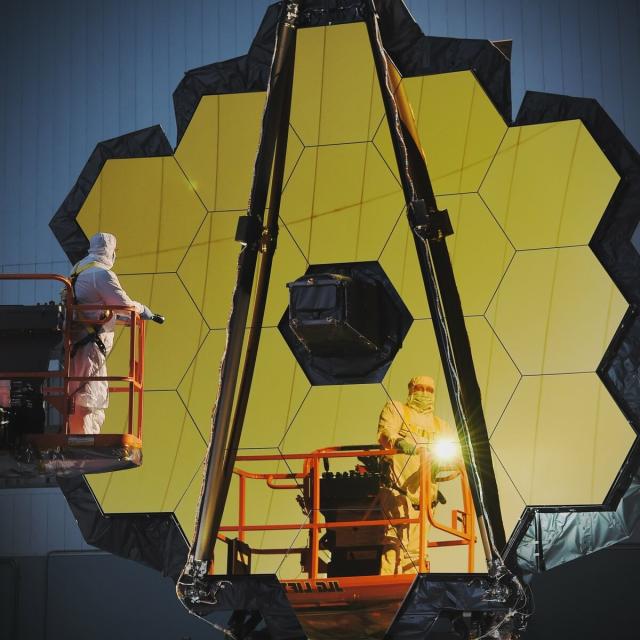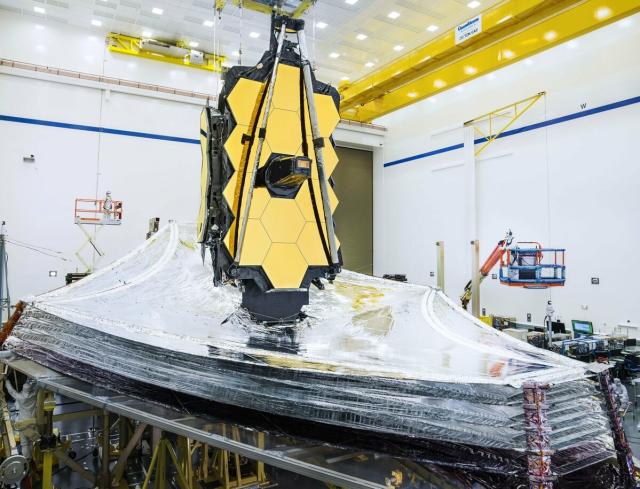Search
Items tagged with: jameswebb
Congrats to our Operations Project Scientist Dr. Jane Rigby for being named to the #BBC100Women list!
Dr. Rigby studies galaxy evolution. She’s published more than 100 peer-reviewed scientific papers and won multiple awards for her research. More: webb.nasa.gov/content/meetTheT…
#JamesWebb
Jane Rigby Biography Webb Telescope/NASA
The James Webb Space Telescope (sometimes called Webb or JWST) is a large infrared telescope with a 6.5-meter primary mirror. Webb will be the premier observatory of the next decade, serving thousands of astronomers worldwide.webb.nasa.gov
The best of both worlds 🎸
Recognize the Pillars of Creation? Webb’s near-infrared and mid-infrared images of this super star-forming region were fused to highlight new details: bit.ly/3P5uzT3
#JamesWebb
#JamesWebb
A Titan-ic success!
Here is Webb’s first look at Saturn’s largest moon, Titan. Because Titan has a dense atmosphere, its surface is hidden in visible light. Enter Webb’s infrared eye, which captured clouds as well as bright & dark patches on its surface: go.nasa.gov/3FijpXN
#JamesWebb
#JamesWebb
The James Webb Space Telescope has been named a Popular Science #BOWN22 winner in Aerospace! Congrats to the full team. More: go.nasa.gov/3ugHQ1D
"Receiving this award is a tribute to all who contributed to its success." -Julie Van Campen, Webb systems engineer
#JamesWebb
NASA Webb Telescope Awarded Popular Science ‘Best of What’s New’ Award
NASA’s James Webb Space Telescope was named a Popular Science 2022 “The Best of What’s New Award” winner in the Aerospace category.Madison Arnold (NASA)
Hang out long enough and you start to become each other…just ask these galaxies.
In Webb’s latest image, two galaxies in the process of merging are twisting each other out of shape. Bright tendrils of star-forming regions connect their glowing cores: go.nasa.gov/3OSovNB
#JamesWebb
VP Harris, French President Get First Look at Galactic Get Together
A merging galaxy pair cavort in this image captured by the James Webb Space Telescope. This new image of a pair of galaxies, known to astronomers as II ZW 96, was first previewed for Vice President Kamala Harris and French PresidAlise Fisher (NASA)
Hang out long enough and you start to become each other…just ask these galaxies.
In Webb’s latest image, two galaxies in the process of merging are twisting each other out of shape. Bright tendrils of star-forming regions connect their glowing cores: go.nasa.gov/3OSovNB
#JamesWebb
VP Harris, French President Get First Look at Galactic Get Together
A merging galaxy pair cavort in this image captured by the James Webb Space Telescope. This new image of a pair of galaxies, known to astronomers as II ZW 96, was first previewed for Vice President Kamala Harris and French PresidAlise Fisher (NASA)
#JamesWebb
#JamesWebb
NASA’s Webb Sheds Light on Galaxy Evolution, Black Holes
The new image of galaxy group "Stephan's Quintet" from NASA's James Webb Space Telescope shows in rare detail how interacting galaxies trigger star formation in each other and how gas in galaxies is being disturbed.Rob Garner (NASA)
#JamesWebb
NASA’s Webb Reveals an Exoplanet Atmosphere as Never Seen Before
NASA’s James Webb Space Telescope just scored another first: a molecular and chemical profile of a distant world’s skies.Jamie Adkins (NASA)
#JamesWebb
NASA’s Webb Reveals an Exoplanet Atmosphere as Never Seen Before
NASA’s James Webb Space Telescope just scored another first: a molecular and chemical profile of a distant world’s skies.Jamie Adkins (NASA)
#JamesWebb
Media Briefing: Expert Availability on NASA Webb Science Results
Experts will be available by teleconference to answer media questions about early science results from NASA’s James Webb Space TelescopeYouTube
NASA’s Webb Draws Back Curtain on Universe’s Early Galaxies
A few days after officially starting science operations, NASA’s James Webb Space Telescope propelled astronomers into a realm of early galaxies, previously hidden beyond the grasp of all other telescopes until now.Jamie Adkins (NASA)
Experts Available to Discuss NASA Webb Telescope Science Results
Experts from NASA and other institutions will be available by teleconference at 11 a.m. EST on Thursday, Nov. 17, to answer media questions about early science results from the agency’s James Webb Space Telescope.Sean Potter (NASA)
NASA’s Webb Catches Fiery Hourglass as New Star Forms
NASA’s James Webb Space Telescope has revealed the once-hidden features of the protostar within the dark cloud L1527, providing insight into the beginnings of a new star.Jamie Adkins (NASA)
NASA Telescope, Moon Rocket Named TIME Inventions of 2022
NASA’s James Webb Space Telescope and Space Launch System (SLS) rocket were named 2022 TIME Inventions of the Year.Alise Fisher (NASA)
